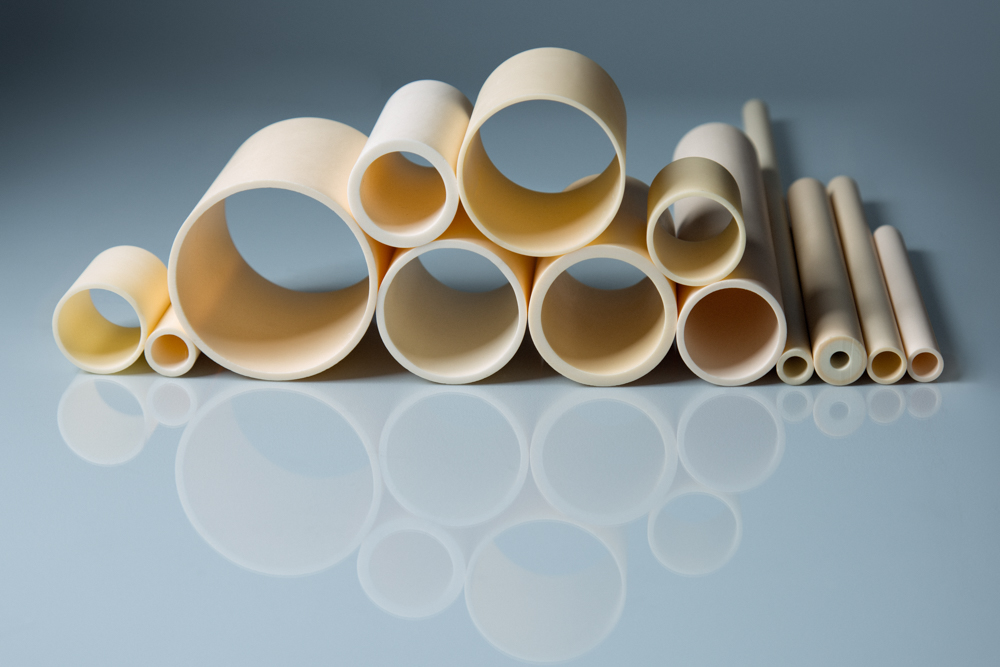Introduction
Ceramic is the general term for pottery and porcelain. The components of the ceramic material are mainly silicon oxide, aluminum oxide, potassium oxide, sodium oxide, calcium oxide, magnesium oxide, iron oxide, titanium oxide and etc. Common ceramic raw materials are clay, quartz, potassium sodium feldspar and etc. They generally have higher hardness but poor plasticity.
Application
In addition to the use of food and decoration, it also plays an important role in the development of science and technology. Ceramic raw materials are processed from the earth’s original resources, clay, quartz and feldspar. The nature of the clay is tough. Its shape can be changed when exposed to water at normal temperature, and it can be carved when it is slightly dry, and can be pressed when it is semi-dry, and can be ground when it is completely dry; when burned to 900 degrees, it can be filled with water; when burned to 1230 degrees it is porcelainized, and it is completely non-absorbent of water and resistant to high temperatures and corrosion. There are many uses of ceramics, and there are various creative applications in today’s culture and technology.
Classify by use
Daily-use ceramics: such as tea sets, jars, jars, pots, cans, plates, saucers, bowls, etc.
Art (craft) ceramics: such as vases, sculptures, utensils, furnishings, etc.
Industrial ceramics: refers to ceramic products used in various industries. Also divided into the following aspects:
1 Building-anitary ceramic: such as bricks, drains, tiles, exterior wall tiles, sanitary ware, etc.;
2 Chemical ceramics: such as acid-resistant bricks, pipes, towers, pumps, valves and acid-resistant bricks and ash used in various chemical industries;
3 Electric porcelain: Insulators for high and low voltage transmission lines in the power industry such as motor bushings, post insulators, low voltage electrical appliances and lighting insulators, as well as telecommunications insulators, radio insulators, etc.;
4 Special ceramics: Special ceramic products used in various modern industries and cutting-edge science and technology, such as high alumina ceramics, magnesite porcelain, attapulgite porcelain, zircon porcelain, lithium porcelain, and magnetic porcelain. , cermets, etc.
Stanford Advanced Materials (SAM) Corporation is a global supplier of various sputtering targets such as metals, alloys, oxides, ceramic materials. Please visit our website https://www.sputtertargets.net/ for more information.




